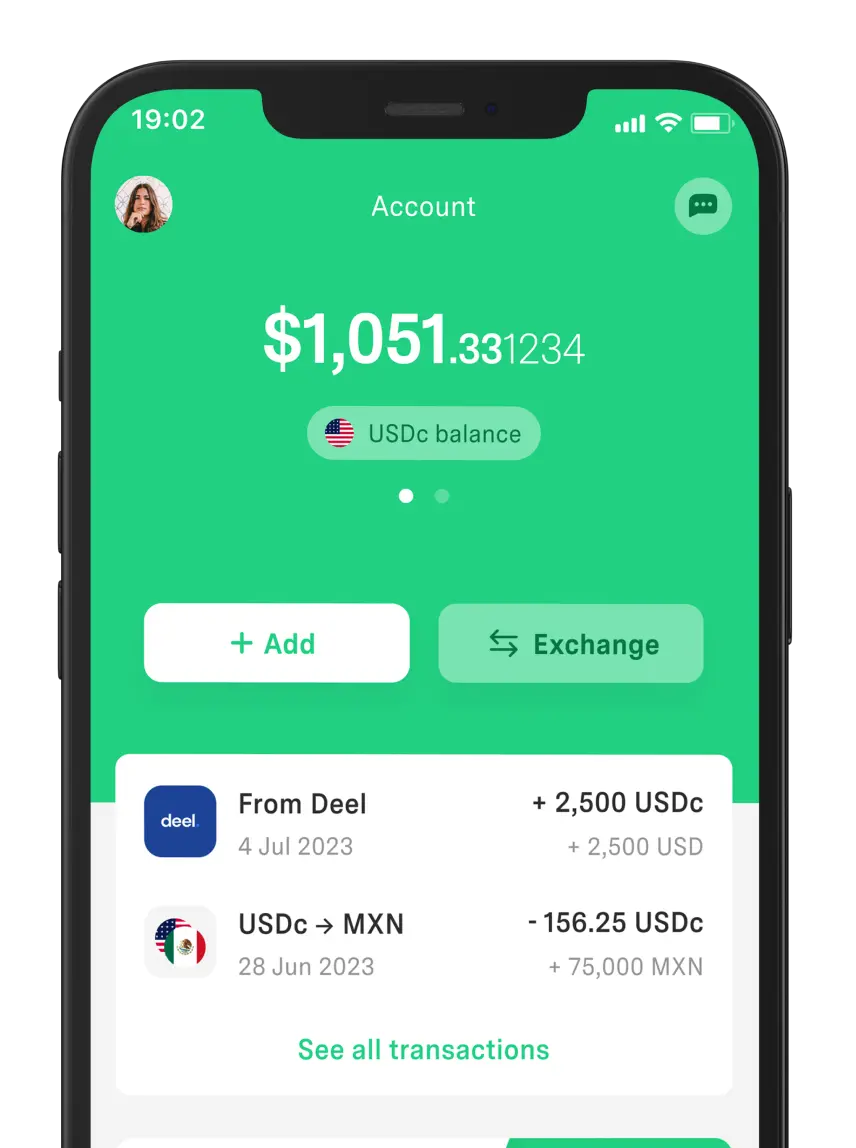 Freelancer tips
Freelancer tips Porter’s 5 Forces: How to Understand Your Market and Make Smart Decisions
Is your business not taking off despite your efforts? Discover how Porter’s 5 Forces reveal what's holding you back and how to overcome it.



You’ve probably asked yourself what’s the best way to lead a team, and one of the answers is: “it depends.” That phrase, which may sound vague, captures the essence of contingency theory, a practical approach that invites you to adapt your management style according to the context.
This theory is especially useful for those who must make decisions in changing environments: entrepreneurs, freelancers, team leaders, consultants, and HR professionals. Here, we explain what it’s about, how to apply it, and why it can help you make better decisions.
When you're leading a team or running a business, it’s common to feel that generic formulas don’t always work. What works for your competitors might not work for you.
This dilemma generates frustration and uncertainty. That’s where Contingency Theory offers clarity: it teaches you to stop searching for “the best universal approach” and instead start identifying the best approach for your specific context.
Contingency theory states that there is no single correct way to organize or lead a company. What works in one organization may fail in another. It all depends on the environment, the resources, the people, and the goals.
It emerged in the 1960s as a response to universal management models that tried to apply the same rules to any organization. Researchers discovered that companies improved their performance when they adjusted their structure and strategy to their specific circumstances.
Instead of fixed formulas, this theory promotes personalization: each organization must analyze its own reality and act accordingly.
The core principle is that effectiveness depends on the alignment between internal and external variables. Internally: leadership style, structure, resources. Externally: market, regulations, technology, etc.
A perspective that should align with the values, mission, and vision of a company.
Have you ever felt like your company doesn’t quite fit into any “management manual,” no matter how hard you try?
Maybe you're applying rigid processes in a chaotic environment, or expecting results from a team that lacks the necessary conditions.
These are the key principles of Contingency Theory:
An effective organization adapts to change, whether it's technological shifts, new regulations, or competition. Rigidity is risky: companies that don’t adjust to their environment lose relevance.
Each company operates in a unique context. What works in a stable setting may fail in a chaotic one. Reading the environment is just as important as making decisions.
The same situation can be resolved in multiple ways depending on the company, its people, and resources.
For example, an authoritarian leadership style might be useful in a crisis but demotivating for a creative team. A participatory approach can work well with experienced professionals, but may fall short with inexperienced staff.
Fred Fiedler was one of the main theorists of contingency leadership. His proposal: the most effective leadership style depends on the situation, not on a universal leadership trait.
Leader-team relationship: Is there trust and mutual respect?
Task structure: How clear are the objectives and processes?
Leader’s power: Does the leader have formal authority to make decisions?
Fiedler also developed a tool to identify leadership style: the LPC scale (Least Preferred Co-worker).
It consists of rating the person you've least enjoyed working with.
So, what does this mean for you?
If your rating is very positive (high LPC), your leadership style is relational:
Pro: You value harmony and team motivation.
Con: You may avoid conflict or struggle to demand results.
If your rating is very negative (low LPC), your style is task-oriented:
Pro: You prioritize efficiency and goal achievement.
Con: You may create tension or demotivation if you overlook team dynamics.
You can integrate this scale into a broader organizational analysis, including quality and performance indicators.
Contingency theory translates into a management approach that's highly context-aware. Let’s see how it’s applied in key areas:
Successful companies adjust their strategy based on market changes, new technologies, or economic crises.
This requires contingency planning and access to real-time information systems to respond quickly.
For example, if a fintech faces new regulations in a country, it adapts its customer service and operations to the legal environment, instead of applying a one-size-fits-all model globally.
Effective leaders don’t lead all teams the same way. They adapt their style based on the team’s experience, motivation, and specific needs.
HR departments also adapt: modifying incentives, communication, and company culture depending on the country or team profile.
A new team may need more guidance. An experienced one values autonomy. A factory team might be motivated by stability and benefits, while a startup team prefers flexibility and innovation.
Flexibility: Adapts to changing realities without rigid structures.
Realistic focus: Starts from real situations, not idealized models.
Improves strategic thinking: Forces leaders to analyze before deciding.
Complex analysis: Requires identifying multiple variables, often subjectively.
Leader's judgment dependence: A poor analysis may lead to ineffective decisions.
When you're leading a team or a business, you constantly ask: Should I be stricter, more participative, more adaptable?
In this context, it's essential to choose a model that streamlines decision-making. Here's a quick comparison of major leadership styles:
Leadership Style | Flexibility to Context | Response Speed | Team Participation | Ideal Team Type | Primary Focus |
Autocratic | Low | Fast | None | Inexperienced teams or crisis | Tasks / Control |
Democratic | Medium | Slow | High | Mature or creative teams | People / Collaboration |
Situational | High | Medium | Medium | Based on team maturity | People / Adaptation |
Contingent | Very high | Variable | Variable | Any team, depending on the context | Context / Strategy |
That there’s no single best way to lead or manage. The key is to adapt to the context by analyzing internal and external variables.
It states that leadership effectiveness depends on the situation. It uses the LPC scale to define leadership style and considers three key factors: team relationships, task structure, and leader’s authority.
Modern companies adopt different models for different areas or markets. They might use agile methods in innovation, and traditional structures where control is needed. They also train leaders to adapt their style to the environment.
Situational leadership focuses on team maturity. In contrast, contingency theory considers a broader set of factors: tasks, structure, external environment, etc.
Contingency theory is a powerful reminder: there is no magic formula for leading or managing.
Organizations that succeed aren’t the ones with rigid models, but those that read their environment, analyze key variables, and adapt to what the situation demands.
Just as businesses apply contingency theory to adapt to their surroundings, DolarApp adapts to your financial needs to offer flexible solutions.
The key is to observe, understand, and act wisely. In management, the truth is: it’s not about always having the same answer, but about knowing the right one for each situation.

Los países tienen fronteras. Tus finanzas, ya no.
 Freelancer tips
Freelancer tips Is your business not taking off despite your efforts? Discover how Porter’s 5 Forces reveal what's holding you back and how to overcome it.

 Freelancer tips
Freelancer tips Want to succeed as a freelancer? Here, we share 10 practical and proven tips to help you become a successful freelancer, no matter your niche.


